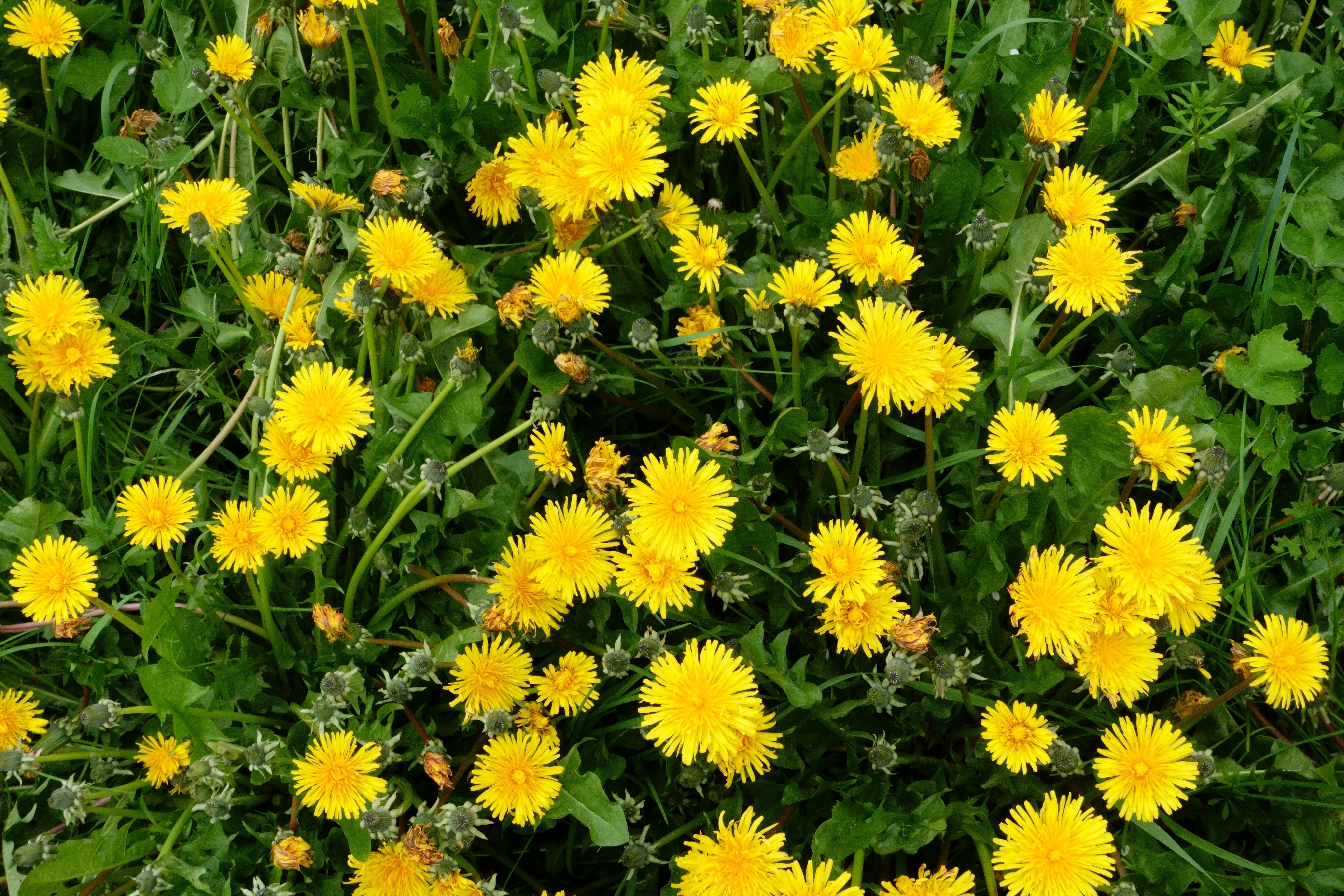How To Use Total Herbicides Safely & Effectively

Total herbicides kill all green growth they touch - grass, broad‑leaf weeds, even small shrubs - so they are powerful tools for when you need a weed‑free surface.
Here’s how to choose and use them wisely in a home‑garden setting.
Decide whether you really need a total herbicide
- Identify the space to help decide the best mode of action:
- Surfaces that are intended to be plant‑free, such as patios, gravel drives, pathways, and fence lines, are ideal candidates for incorporating total herbicides into maintenance plans
- When weeds are around ornamental plants or young trees consider whether it is possible to use a herbicide without it coming into contact with the plants you want to keep
- For areas near water like pond edges and stream banks, it is usually necessary to first obtain authorisation from the relevant authority (i.e. Environment Agency, Scottish Environment Protection Agency or Natural Resources Wales) prior to application
- Set an “action threshold” depending on the surface type and how quickly weeds will colonise the area:
- Tiny weeds in a back‑of‑shed corner? Maybe live with them
- Knee‑high weeds in paving cracks that are trip hazards? Time for action
- Weigh your options first, there may be an alternative solution:
- Design fixes: Re‑sand joints, lay weed membrane, improve drainage
- Physical methods: Hoeing, patio knife, stiff brush, flame/steam
If those won’t cut it, or the weeds keep winning, a total herbicide may be the best solution.
Pick the right product for the job
| Product type | Good for | Key points | Example actives |
|---|---|---|---|
| Contact acting sprays | Young annual weeds, moss on patio | Scorches tops but roots of perennial plants often regrow | Acetic acid, pelargonic acid |
| Systemic sprays | Deep-rooted perrennials, brambles, Japanese knotweed | Gets drawn down into plant roots. Slower but longer lasting | Glyphosate |
| Residual sprays | Keeping gravel driveways and paths weed-free for longer periods of time | Will prevent weeds emerging but will not kill existing weeds | Flazasulfuron, diflufenican mixes |
Tip: Contact sprays can look “greener” at first glance but often need far more product than glyphosate to keep weeds down.
Practical safety checklist
- Check whether the product is for amateur of professional use and ensure you have the correct training for professional use products if required
- Always read the label carefully - every brand has slightly different rules
- Wear gloves, closed shoes or boots, and eye protection if advised
- Spray on a still, dry day; keep pets & children away until foliage is dry
- Rinse all kit thoroughly and wash hands afterwards
Step‑by‑step application
- Prepare the area
- Brush off loose debris so the spray hits the plants, not dust
- On gravel, rake flat for even coverage, especially if using residual herbicides
- Mix accurately
- Always follow label rates - overdosing wastes money and can contaminate nearby soil or plants
- Apply carefully
- Keep nozzle at a constant height suitable for the nozzle type (0.5m is common)
- Walk backwards carefully or spray to one side, so feet stay on untreated ground
- For individual weeds, use a weed wipe or similar to avoid drift
- Wait
- Contact sprays can brown in hours; systemics like glyphosate need 7‑14 days
- Don’t mow, hoe, or brush the area until at least 7 days after treatment to allow time for the herbicide to be absorbed by the plant and moved to the roots
- Follow up
- Re‑inspect in a month. Spot‑treat any survivors early
- Consider using a residual spray or spreading fresh gravel/membrane to prevent new seedlings
Special situations
| Scenario | Best Practice |
|---|---|
| Near ponds or streams | Only glyphosate products labelled for aquatic use and following approval from the appropriate authority. Keep spray wand low and use a drift guard |
| Steep banks or loose gravel | Residual herbicide + occasional systemic spot‑treat for escapees |
| Invasive horrors (knotweed, horsetail) | Get advice as to the best timing for treatments. Repeated applications are often necessary. Log dates and results |
Combine methods for long‑term success
To achieve long-term success in weed management, it's essential to combine methods strategically. Good design and regular maintenance can block over 80% of new weed growth from the outset. Physical methods, hoeing or hand weeding are ideal for lighter, more manageable tasks, while contact herbicides provide quick, cosmetic results. For more persistent and deep-rooted weeds, systemic sprays offer a more effective solution. Meanwhile, residual herbicides are well-suited to low-traffic areas, keeping them clean and weed-free for extended periods.
Layer these approaches and you’ll spend less time weeding and less money on chemicals overall.
With the right product and a little care, total herbicides can be a targeted, time‑saving tool - not a blanket solution - helping you keep paths, patios, and problem spots clean and safe all year round.
Our full range of total weed killers are available here.
